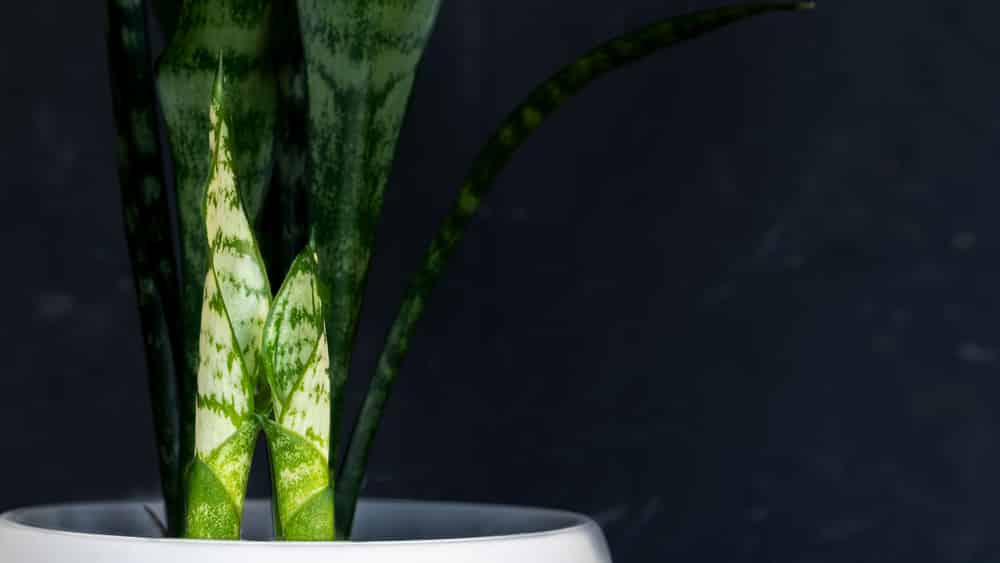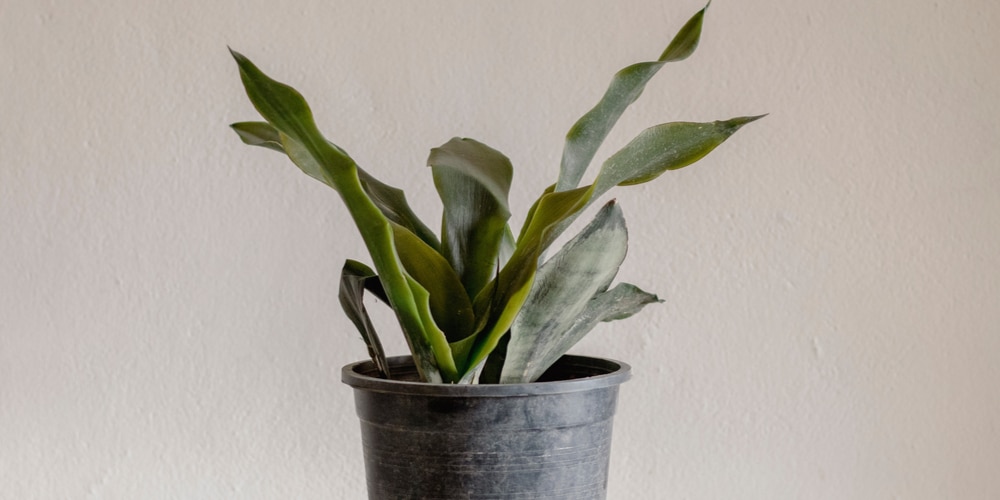Snake plants are well-known for their forgiving nature, which makes them an ideal house plant for anyone who doesn’t consider themselves to have a green thumb. Snake plants are easy to take care of, can survive low light levels and drought, and don’t get constantly attacked by insects.
Snake plants even remove toxins in the air of our homes, like formaldehyde and benzene. Snake plants also look classy and will spruce up any room with a pop of their green leaves! Forgetting about them is no biggie- they still thrive on their own.
Despite their easy-going nature, they still require some love to thrive, which is easy to attain with a well-balanced fertilizer. What makes a good snake plant fertilizer? When and how should I fertilize my snake plant?
Read on for the answers to those questions!
What a Snake Plant Needs
Like all plants, snake plants require sunlight and water to live comfortably. But if one forgets to water or the plant lacks sunlight, it usually thrives anyway. That is a big selling point for the plant.
However, snake plants need a little tender love and care. A well-balanced, regularly applied fertilizer is essential. These fertilizers provide nutrients that help them grow, especially if they lack sunlight and regular watering.
What Is Fertilizer?
Fertilizer is a component that has combinations of nitrogen, potassium, and phosphorus. These elements are crucial for all plants, though the exact numbers will depend on the specific plant you’re fertilizing. Some plants need more nitrogen, and some need more phosphorus.
The Snake plant is pretty easy to remember- they need an even balanced diet of all those elements. So the fertilizer you’ll want to purchase will have equal parts nitrogen, potassium, and phosphorus. There are other helpful elements there also needed to benefit your plant.
These chemicals each have different assets that help your snake plant. Nitrogen helps with vegetative growth. Potassium helps with water uptake and disease immunity, and phosphorous speeds plant growth.
When and How Often Should I Fertilize My Snake Plant?
How often you add fertilizer to your snake plant depends on its living situation. As a rule of thumb, you’ll only want to fertilize when the snake plant is actively growing, which is mid-spring through early fall.
If you keep your snake plant in a low-light environment, you’ll want to fertilize your snake plant once in late spring or summer. Make sure you mark down the date you fertilize so you don’t do it again; overfertilizing is detrimental to snake plants.
If you keep your snake plants in full sun, they’ll need fertilization more frequently. Once every other month, spring through fall, will be sufficient for your snake plant. It’ll be beneficial to mark it on your calendar. Otherwise, you risk overfertilization, which could cause the plant to wither.
How Should I Fertilize My Snake Plant?
How you fertilize your snake plant depends on the type of fertilizer you purchase. There are two main compositions- organic and synthetic. Organic fertilizers are composed of naturally occurring elements, while synthetic fertilizers comprise manufactured, inorganic materials.
Organic fertilizers typically release nutrients slower than synthetics, so it’s crucial to avoid overfertilizing by sticking to a schedule. While fertilizing is important, overfertilizing can kill your plant.
While there are two types of fertilizer- organic and synthetic, there are many application forms from which to choose. Liquid fertilizer is available, either pre-diluted or concentrated. Granules and spikes are also available for purchase.
You’ll decide what works for you based on cost, storage, and the convenience aspects of these fertilizers. There are plenty of options available, so with some research, you’ll find one that fits your schedule and is easy to use.
Snake Plant Fertilizer Best Practices
After you’ve decided on fertilizer, it’s crucial to follow the instructions. Dilution is essential, and plant owners are encouraged to dilute more if they want to. Overfertilizing is much more harmful and damaging than under-fertilizing.
Sticking to a schedule will help you gauge when you need to fertilize your plant. It’s also important to note that fertilizing isn’t always the answer if a plant looks sickly- check other aspects of its environment for another fix first.
Conclusion
While snake plants are easy-going plants, they benefit from the extra love and attention found in a strong, balanced, and good-quality fertilizer.
With snake plants and fertilizer, less is more, and more is less. Applying your fertilizer once or twice during the growing season makes all the difference to these happy-go-lucky plants!



